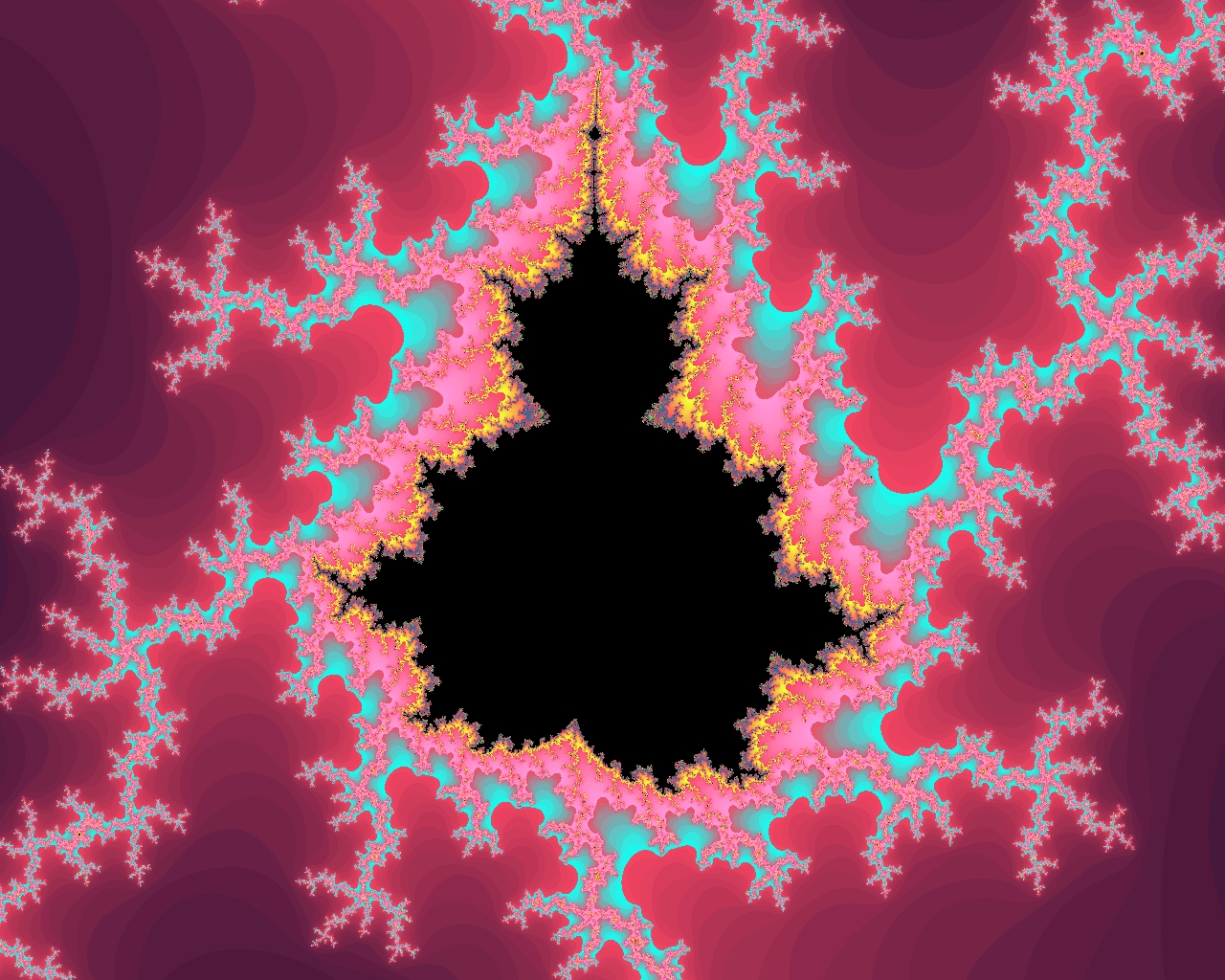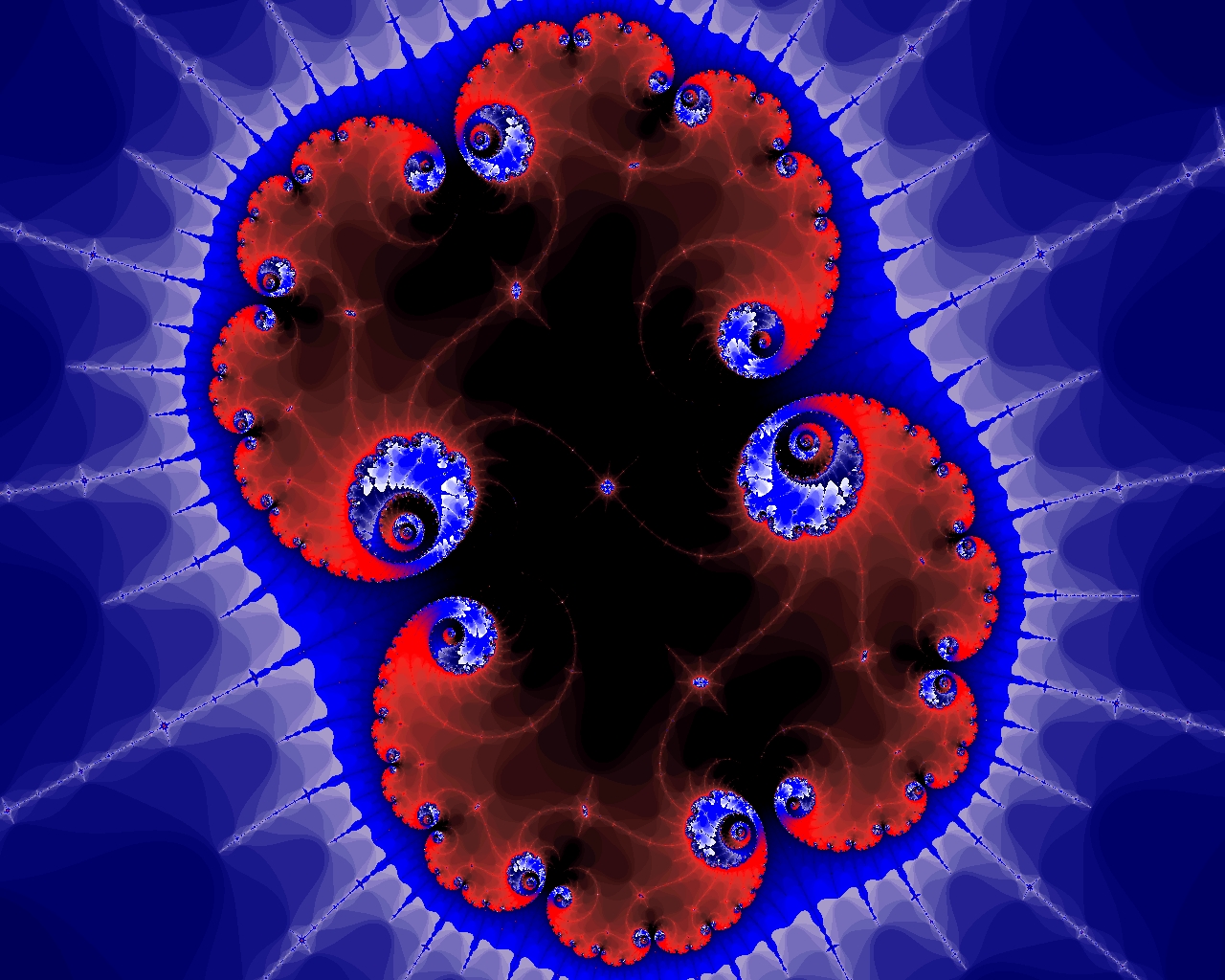
Fraktale

wykład monograficzny dla studentów matematyki
(w przypadku obecności studentów obcojęzycznych zajęcia prowadzone w języku angielskim)
rok akademicki 2008/09, semestr letni
Prowadzący: dr Krzysztof Barański
 |
Fraktale |
 |
wykład monograficzny dla studentów matematyki (w przypadku obecności studentów obcojęzycznych zajęcia prowadzone w języku angielskim) rok akademicki 2008/09, semestr letni Prowadzący: dr Krzysztof Barański |
||